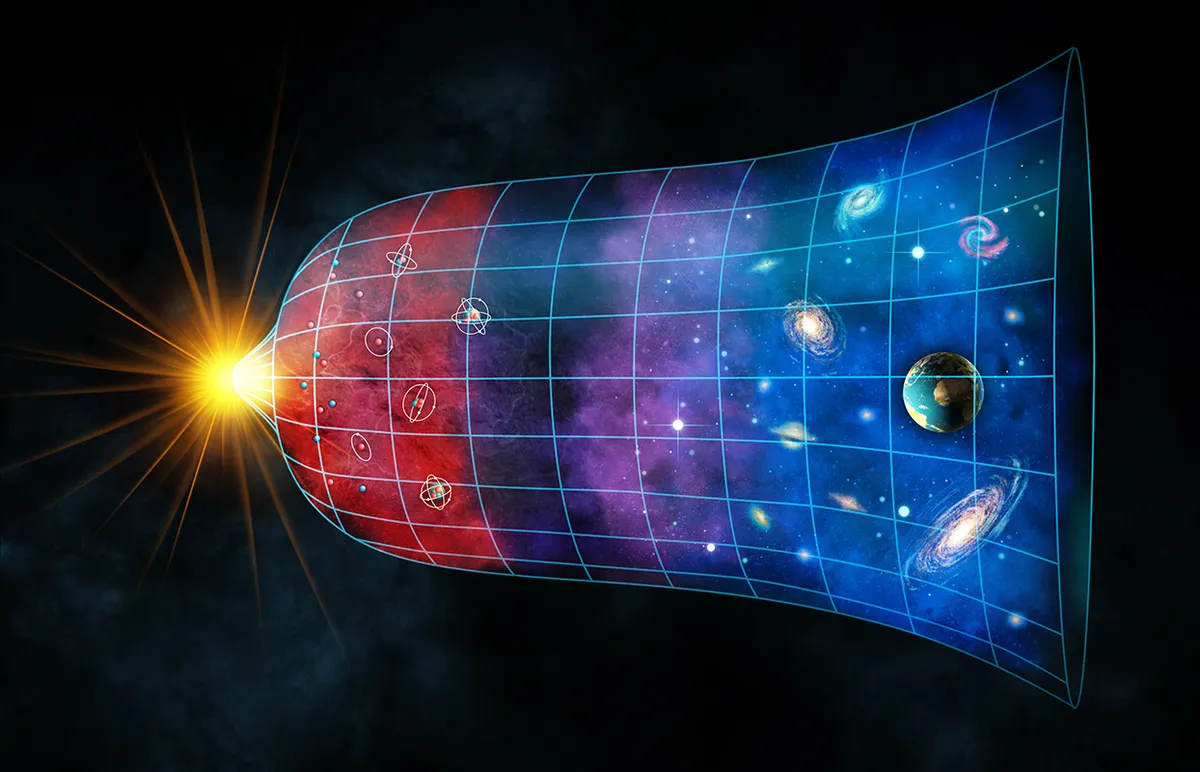The deeper astronomers peer into space, the further back in time they can observe, right back to the very early Universe, just after the Big Bang.
And according to Einstein's general theory of relativity, when looking back into the ancient Universe, we should perceive time running much slower than the present day.
Achieving this slow-motion view of the very early cosmos has proven tricky, but a team of astronomers say they've been able to do just that, by observing high-energy black hole objects known as quasars.

"Looking back to a time when the Universe was just over a billion years old, we see time appearing to flow five times slower," says lead author of the study, Professor Geraint Lewis from the University of Sydney.
"If you were there, in this infant Universe, one second would seem like one second – but from our position, more than 12 billion years into the future, that early time appears to drag."
The research has been published in Nature Astronomy.
To make the observations, the team studied data from nearly 200 quasars. These objects are hyperactive black holes at the centres of galaxies.
"Thanks to Einstein, we know that time and space are intertwined and, since the dawn of time in the singularity of the Big Bang, the Universe has been expanding,” Professor Lewis says.
"This expansion of space means that our observations of the early universe should appear to be much slower than time flows today.
"In this paper, we have established that back to about a billion years after the Big Bang."

Looking back further in time
Previously, astronomers had been able to observe the 'slow motion' Universe back to about half the age of the Universe by analysing supernovae - the explosive end of massive stars' lives.
These events can be used as 'standard clocks' to reveal time slowing down in the early Universe.
However, by using quasars instead, this latest discovery has seen astronomers observe the slow motion back to a tenth of the age of the Universe.
"Where supernovae act like a single flash of light, making them easier to study, quasars are more complex, like an ongoing firework display," says Professor Lewis.
"What we have done is unravel this firework display, showing that quasars, too, can be used as standard markers of time for the early Universe."

How they did it
Professor Lewis collaborated with Dr Brendon Brewer from the University of Auckland on the discovery to examine data from the large batch of quasars over two decades.
They were able to combine observations captured at different wavelengths of light to standardise the regular 'tick' of each quasar.
They were then able to compare how the quasars should be behaving with their actual observed behaviour to measure the expansion of the Universe via each quasar's ticking.
"With these exquisite data, we were able to chart the tick of the quasar clocks, revealing the influence of expanding space," Professor Lewis says.
"Earlier studies led people to question whether quasars are truly cosmological objects, or even if the idea of expanding space is correct.
"With these new data and analysis, however, we’ve been able to find the elusive tick of the quasars and they behave just as Einstein’s relativity predicts".
Video explainer
This 30-second primer from the University of Sydney reveals the mind-blowing physics behind the study.
Watch our interview with Professor Lewis
Our interview with Professor Geraint was recorded in Bristol, UK in 2020.
Source data for the project is available at zenodo.org/record/5842449#.YipOg-jMJPY.
The full paper is available at www.nature.com/articles/s41550-023-02029-2.

